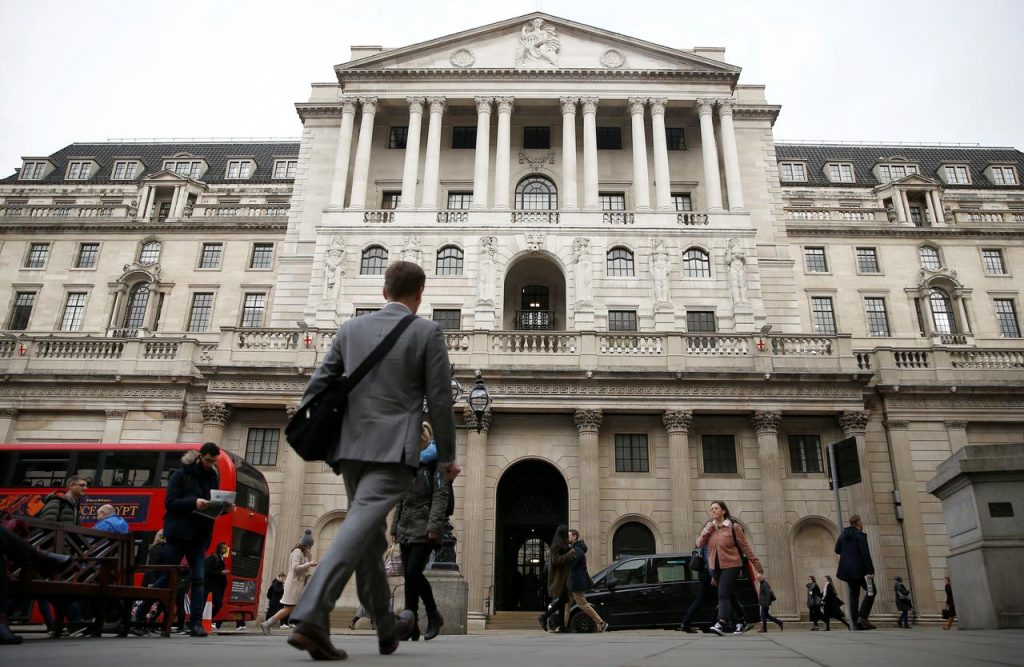The Bank of England slashed interest rates by half a percentage point on Wednesday and announced support for bank lending just hours before the unveiling of a budget splurge designed to stave off a recession triggered by the coronavirus outbreak.
In what amounts to a choreographed double-barrelled stimulus programme, the BoE announced its unanimous emergency rate cut as London markets were opening and before Prime Minister Boris Johnson’s government sets out its spending plans after midday.
Mark Carney’s parting shot as governor, which returns the main interest rate to a record low of 0.25%, comes as COVID-19, the flu-like infection caused by the virus, spreads rapidly, stoking fears of global recession and roiling markets.
“The Bank of England’s role is to help UK businesses and households manage through an economic shock that could prove large and sharp but should be temporary,” Carney told reporters after the first rate reduction since August 2016.
“This is a big package. It’s a big package. It is a big deal,” Carney said, adding that the BoE’s package was equivalent to “north of 1%” of economic output. He said the Bank was coordinating with the government to have “maximum impact”.
The Bank acted, Carney said, after seeing a “sharp fall” in trading conditions in the last week, particularly in the retail sector and anything driven by discretionary spending. Britain’s economy flat-lined in January, data showed.
Bank Rate is now back to the record low it reached after 2016’s Brexit referendum.
The cut in borrowing costs follows a similar move from the U.S. Federal Reserve last week, and was the first such action to take place outside the British central bank’s normal schedule since the global financial crisis of 2008.
“There is no reason for this shock to turn into the experience of 2008 and a virtual lost decade in a number of economies if we handle it well,” Carney said.
His successor, Andrew Bailey, added: “It’s a totally different discussion from what we were having a decade ago.”



